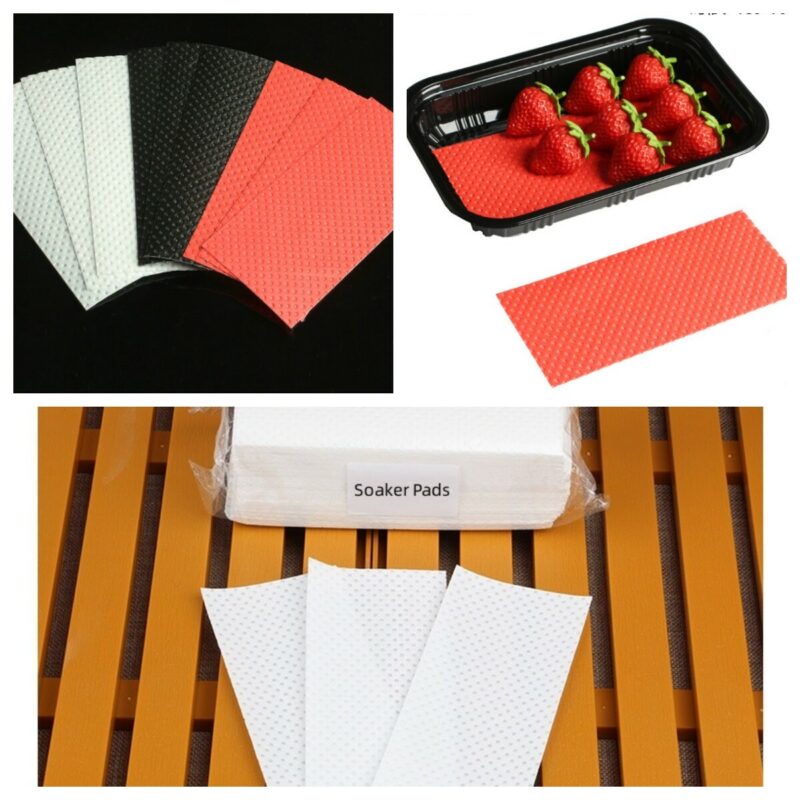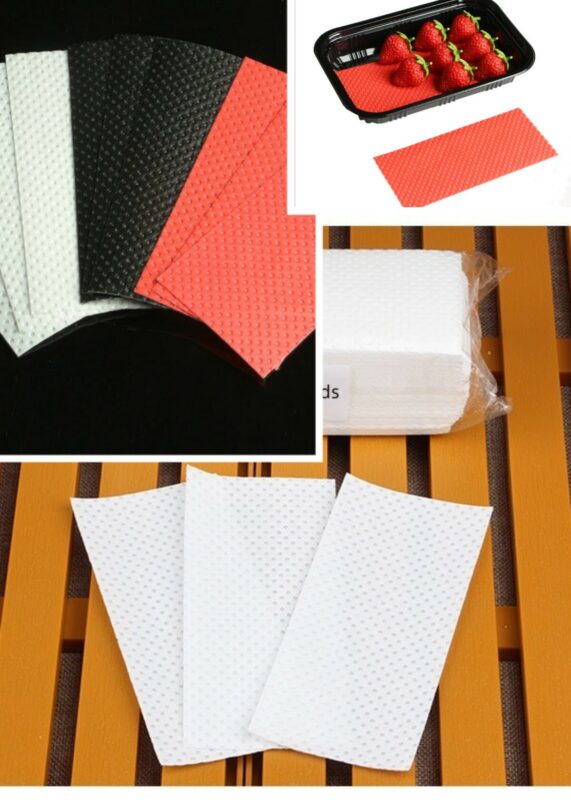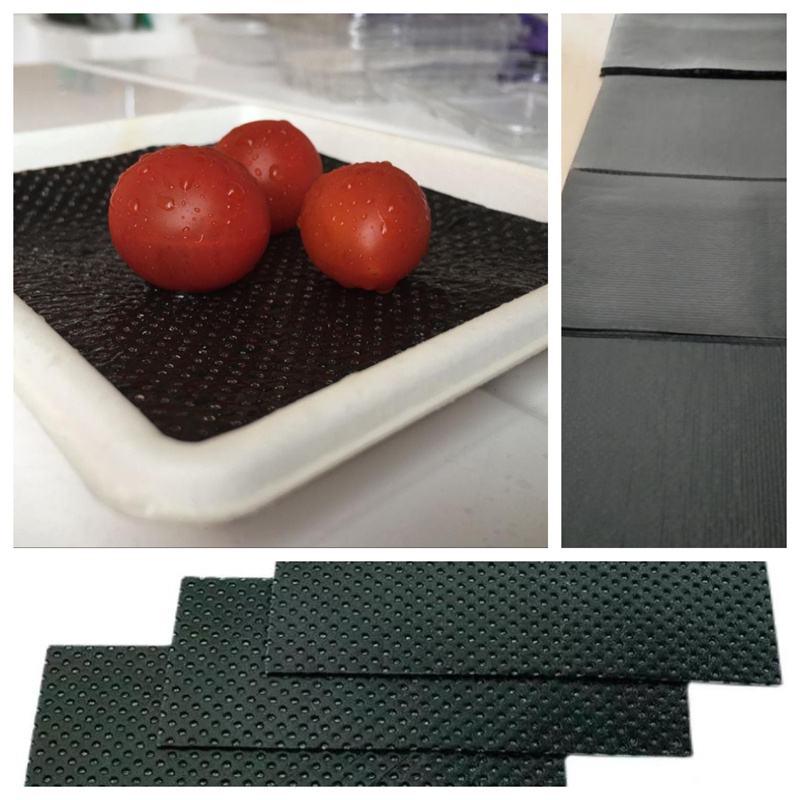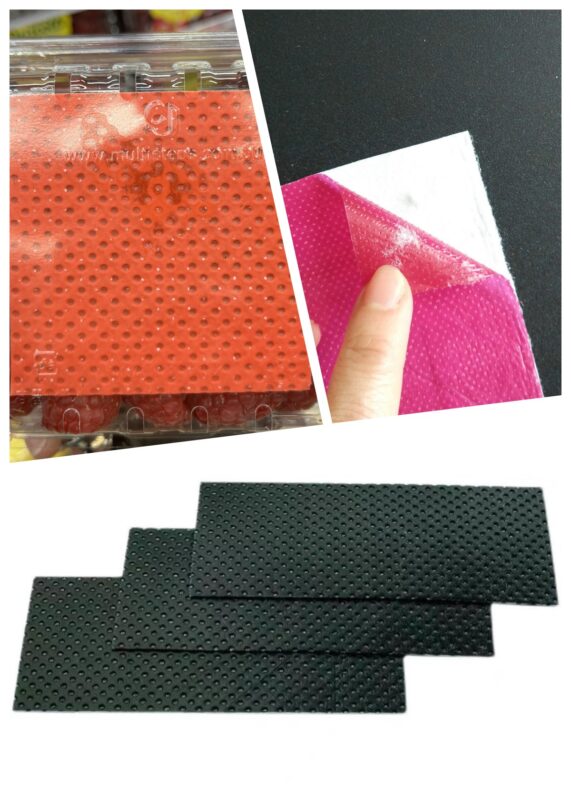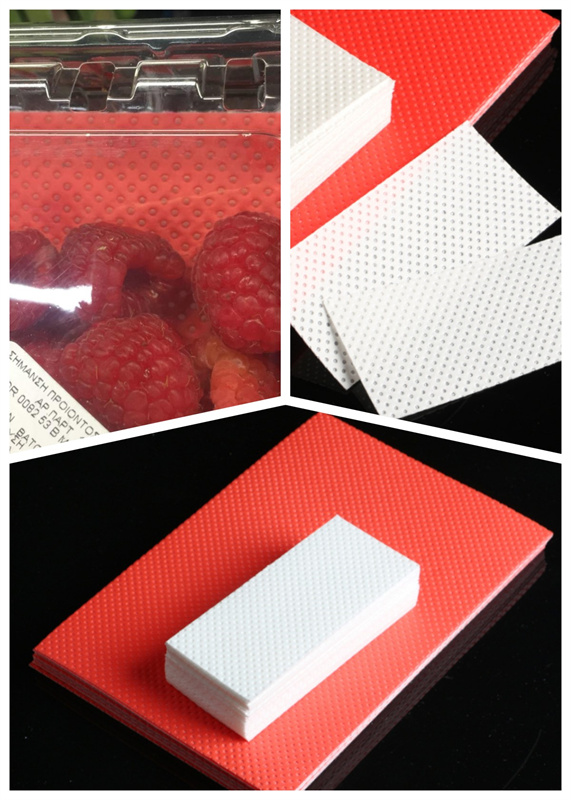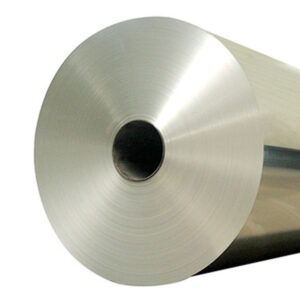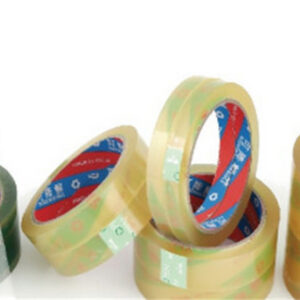Introduction
In an era where rising living standards and increasing demands for food quality prevail, the issue of preserving fresh produce has garnered widespread attention. Against this backdrop, soaker pads have emerged as a shining gem in the field of food preservation, boasting unique water-absorbing capabilities and eco-friendly features. This article focuses on unveiling the material attributes of soaker pads fruit, their value in applications, and the positive impact they have on the environment. The goal is to provide readers with an in-depth understanding of this innovative product.
Material Attributes: The Ideal Fusion of Polyethylene and Lint-Free Paper
The primary components of fresh produce absorbent pads include polyethylene and lint-free paper. Polyethylene, a commonly used plastic material, possesses excellent water resistance and flexibility. It effectively serves as a barrier against external moisture, safeguarding food from contamination. Additionally, polyethylene exhibits some degree of breathability, maintaining appropriate humidity levels and preventing food from becoming damp.
Lint-free paper, a lightweight and soft special paper often employed in hygienic environments, excels in water absorption and moisture-wicking capabilities. By cleverly combining polyethylene with lint-free paper, produce pads keep polyethylene’s barrier properties and paper’s water-absorbing capacity. This synergistic combination provides a reliable means of preserving freshness.
Application Value: Extending the Shelf Life of Fresh Produce
As an innovative food preservation material, fresh produce absorbent pads hold significant application value. Their primary function involves absorbing moisture from the surface of food, thereby decelerating the rate of decay and prolonging the freshness. Different types of food release moisture during storage and transportation; neglecting timely management of this moisture can result in diminished food quality and bacterial growth. Fresh produce absorbent pads mitigate the decay process by efficiently absorbing excess moisture, extending the shelf life of food and offering consumers more delicious and secure products.
Fresh produce absorbent pads play a crucial role in preserving various types of fresh produce such as meat, fruits, and vegetables. In meat preservation, pads absorb liquids, curb bacteria, preserve color/flavor, and enhance quality. For fruits and vegetables, these pads curb moisture, curbing spoilage and maintaining a fresh appearance in packaging.
Environmental Characteristics: Waste Reduction and Plastic Minimization
Compared to traditional preservation methods, fresh produce absorbent pads possess significant environmental advantages. Firstly, these pads slow down the process of food decay, consequently reducing food waste. Given the increasing global demand for food resources, waste reduction has become a critical environmental concern, and fresh produce absorbent pads actively contribute to this cause.
Secondly, the materials constituting fresh produce absorbent pads inherently exhibit low environmental impact. Polyethylene, as a recyclable plastic material, can be collected and reused post-consumption, diminishing its environmental footprint. Lint-free paper, on the other hand, possesses natural degradation properties, decomposing over time and alleviating the burden on landfills.
Moreover, the use of fresh produce absorbent pads contributes to the reduction of plastic packaging. Historically, many fresh produce items required plastic packaging to prevent moisture evaporation and leakage. However, the emergence of fresh produce absorbent pads has provided an effective solution to diminish the reliance on such packaging. By utilizing these pads, food can maintain freshness within simpler packaging, reducing the dependence on plastic and further curbing plastic pollution.
Future Outlook: Continuous Innovation and Environmental Advancement
As an innovative technology within the realm of food preservation, fresh produce absorbent pads offer novel insights and solutions to food safety, freshness, and environmental concerns. Nevertheless, with evolving societal dynamics and increasing environmental consciousness, expectations surrounding fresh produce absorbent pads continue to rise. Innovations drive eco-friendly produce pad growth, advancing preservation technology and sustainability.
1. Material Innovation:
Despite the significant achievements in the current materials of fresh produce absorbent pads, technological advancements will inevitably introduce further material innovation. Future materials may be even more eco-friendly, potentially involving the utilization of biodegradable materials to further reduce environmental impact.
2. Diversification of Functionality:
Beyond water absorption, future iterations of fresh produce absorbent pads might incorporate additional functionalities such as antibacterial and mold-resistant properties. This expanded functionality would comprehensively safeguard food quality and safety.
3. Expansion of Application Fields:
While predominantly applied to fresh produce preservation at present, fresh produce absorbent pads could potentially extend their applications to other domains, including packaging and preservation for pharmaceuticals and cosmetics.
4. Environmental Recycling:
In the future, heightened emphasis on the recycling and reutilization of soaker pads may emerge, diminishing resource waste and environmental stress. Innovative recycling methods and the integration of regenerated materials may gain prominence. Meanwhile, biodegradable soaker pads are available from us.
5. Education and Advocacy:
Focus on promoting eco-friendly benefits and awareness of producing absorbent pads through enhanced education and outreach. This approach will facilitate broader adoption.
Conclusion
In conclusion, fresh produce absorbent pads, as a technology with immense potential, not only provide effective solutions for food preservation but also play a pivotal role in environmental conservation. As technology continues to advance and environmental awareness deepens, the evolution of fresh produce absorbent pads into a more mature and diversified tool is inevitable. This evolution will undoubtedly bring enhanced convenience and environmental benefits to our lives. Therefore, ongoing support and attention towards innovation in this field are crucial as we collectively strive towards sustainable development goals.



